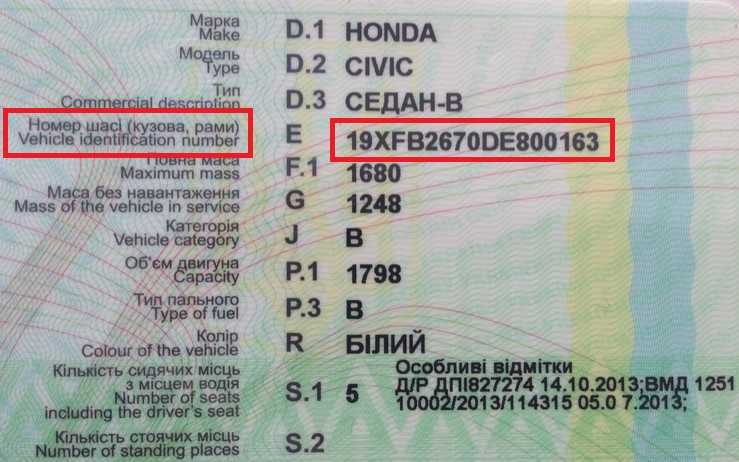The ATV VIN number charts and information to help you search for and decode your ATV’s VIN. Every sport ATV has a 17 digit VIN (vehicle identification number), even if you need to search for the ATV VIN location a little. You’ll find the VIN plate mounted to the frame of the ATV, usually on the bottom left side. This information guide will help you with ATV VIN identification.
Kawasaki for example has the VIN mounted on the left side of the frame below the engine. If you have nerf bars installed it’s possible that part of the VIN will be hard to see. Don’t mistake the engine number, which is mounted on the engine, as a VIN number because they are different.
A VIN or Vehicle Identification Number is standardized. Whether your ride a Honda, Kawasaki, Suzuki, Polaris, Yamaha or other ATV all will contain 17 characters that can include capital letters from A through Z and numbers 1 through 0. The letters I, O and Q are never used within a VIN in order to avoid mistakes made by misreading them.
No signs or spaces are allowed in the Vehicle Identification Number.
The position of each letter and/or number in the VIN code reveals important information about where and when your ATV was made, the type of engine it has, the model or series of ATV, various equipment/attributes and its production sequence.
Contact the vehicles manufacturer with specific VIN related questions. Contact your local DMV, department of motor vehicles, if you need to replace your VIN plate (if it broke off or you installed a new frame etc). Here is a general breakdown of what your ATV VINs number means.
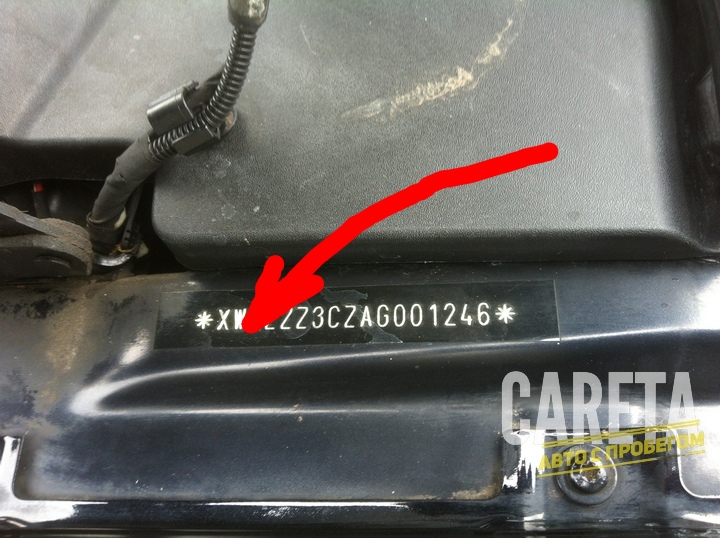
| 1971 | 1 |
| 1972 | 2 |
| 1973 | 3 |
| 1974 | 4 |
| 1975 | 5 |
| 1976 | 6 |
| 1977 | 7 |
| 1978 | 8 |
| 1979 | 9 |
| 1980 | A |
| 1981 | B |
| 1982 | C |
| 1983 | D |
| 1984 | E |
| 1985 | F |
| 1986 | G |
| 1987 | H |
| 1988 | J |
| 1989 | K |
| 1990 | L |
| 1991 | M |
| 1992 | N |
| 1993 | P |
| 1994 | R |
| 1995 | S |
| 1996 | T |
| 1997 | V |
| 1998 | W |
| 1999 | X |
| 2000 | Y |
| 2001 | 1 |
| 2002 | 2 |
| 2003 | 3 |
| 2004 | 4 |
| 2005 | 5 |
| 2006 | 6 |
| 2007 | 7 |
| 2008 | 8 |
| 2009 | 9 |
| 2010 | A |
| 2011 | B |
| 2012 | C |
| 2013 | D |
| 2014 | E |
| 2015 | F |
| 2016 | G |
| 2017 | H |
| 2018 | J |
| 2019 | K |
| 2020 | L |
– VIN Number Year Chart and it continues year by year: 2011 = B, 2012 = C, 2013 = D, 2014 = E, 2015 = F, 2016 = G etc. 2018 = J, 2019 = K, 2020 = L, you get the idea. Important: The letters i,q, u and o are never used so skip them accordingly. Also important: To tell the difference between an older and newer ATV the 7th digit is referenced. Example, the letter A in 10th position could mean a 1980 or a 2010 ATV. To know which it is look to the 7th digit, if the 7th digit is a number the earlier year is accurate. If the 7th digit is a letter the later year is accurate.
2018 = J, 2019 = K, 2020 = L, you get the idea. Important: The letters i,q, u and o are never used so skip them accordingly. Also important: To tell the difference between an older and newer ATV the 7th digit is referenced. Example, the letter A in 10th position could mean a 1980 or a 2010 ATV. To know which it is look to the 7th digit, if the 7th digit is a number the earlier year is accurate. If the 7th digit is a letter the later year is accurate.
– 11th digit : Assembly plant
– 12th to 17th digits : These ATV vin numbers increase by one for each unit that rolls off the assembly line, the last four are always numbers.
It’s very helpful to know your ATV VIN when purchasing aftermarket parts. Here is a chart of what your Honda ATV VIN may look like, it’s useful information to have when doing a VIN check.
Honda VIN Chart
To do a free ATV VIN search visit the ATV VIN Check page.
Yes, it is illegal to remove a VIN number.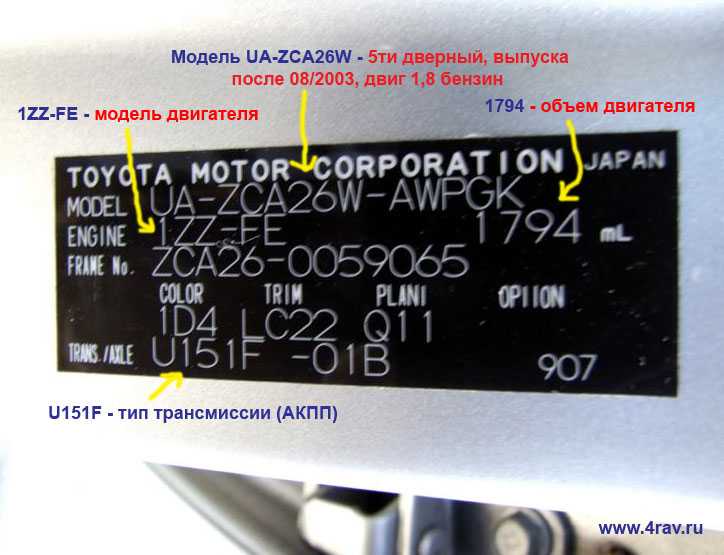 Doing so can violate state law. It is also a violation of federal law. There are, however, some exceptions that can apply.
Doing so can violate state law. It is also a violation of federal law. There are, however, some exceptions that can apply.
Under federal law, removing a VIN number is a felony offense. A conviction can carry up to:
States can have their own law against removing a VIN number. For example, California has several. The most severe carries up to:
VIN numbers can be legally removed in some cases. These exceptions may include:
A VIN number is a Vehicle Identification Number. There is at least one on every motor vehicle. This includes:

VIN numbers were standardized in 1981. Since then, all motor vehicles sold had to have a 17-character VIN.
The first 3 characters identify the company that made the vehicle.
The next 6 characters describe the type and model of the vehicle.
The last 8 characters identify the particular vehicle. They are similar to a serial number for a specific make and model.
VIN numbers can be located in several places in a motor vehicle. Most vehicles have more than one VIN number.
VIN numbers can usually be found:
It is a federal crime to:
a vehicle’s VIN number.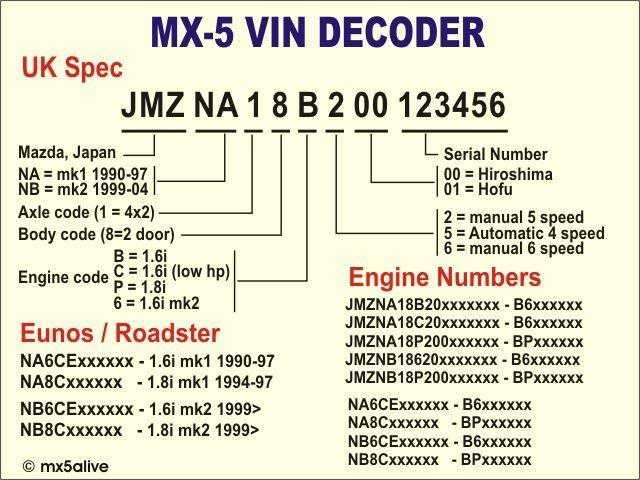 The law also forbids removing identifying decals or stickers with intent to steal a vehicle. It also forbids covering those decals or stickers to hide them.1
The law also forbids removing identifying decals or stickers with intent to steal a vehicle. It also forbids covering those decals or stickers to hide them.1
Violating the law is a felony. Convictions carry up to:
There are exceptions to the law, though. It allows a VIN number to be removed in the following cases:
These exceptions do not apply to people who knew that the vehicle was stolen.
Many states have their own laws that forbid removing a VIN number. For example, California has three:
For example, California has three:
California Vehicle Code 10750 VC makes it illegal to intentionally:
VIN numbers.3
A conviction under VC 10750 is a misdemeanor. It carries up to:
California Vehicle Code 10802 VC is more serious. It makes it illegal to intentionally tamper with a VIN in order to:
VC 10802 is a “wobbler” in California. It can be charged as either a felony or a misdemeanor.
If charged as a misdemeanor, a conviction carries:
If charged as a felony, penalties are higher:

California Vehicle Code 10803 VC also covers altered VIN numbers. It makes it a crime to:
more than one vehicle or car part with altered VINs. To be liable under VC 10803, the buyer or possessor has to intend to:
They also have to know that the VIN was unlawfully altered or removed to be liable.5
VC 10803 is another “wobbler” offense.
If pursued as a misdemeanor, a conviction can carry up to:
Felony charges for possession of vehicles can carry:
Felony charges for purchasing vehicles with an altered VIN can carry:
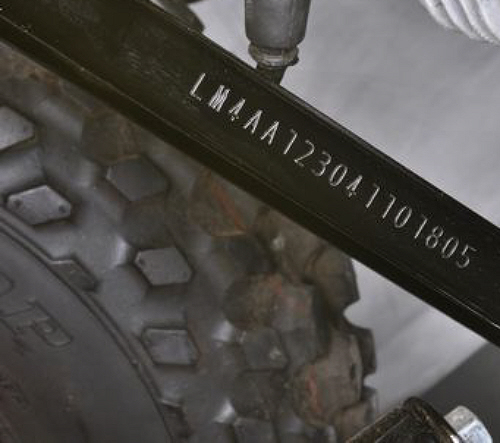
Maxim Stroker
From July 10, the traffic police will register cars with damaged VIN numbers in a new way. The corresponding order of the Ministry of Internal Affairs of the Russian Federation was issued more than three months ago, but has entered into force only now. The most important thing in it is that from now on it is allowed to register cars "with changed marking of vehicles and numbered units as a result of natural wear, corrosion, repair or returned to owners or owners after theft, subject to their identification."
Previously, it was impossible to get new numbers or sell such a vehicle in principle. Now, according to the explanations of the police, in order to legitimize the number that has disappeared (for example, due to rust), the car owner will have to undergo an examination to identify the vehicle. And on the basis of the conclusion received, as well as the decision to refuse to initiate a criminal case (what if the car was stolen!), The traffic police makes a note in the registration data that the VIN number of the car has been lost.
Now, according to the explanations of the police, in order to legitimize the number that has disappeared (for example, due to rust), the car owner will have to undergo an examination to identify the vehicle. And on the basis of the conclusion received, as well as the decision to refuse to initiate a criminal case (what if the car was stolen!), The traffic police makes a note in the registration data that the VIN number of the car has been lost.
motorland.by
In fact, nothing fundamentally changed for motorists. It’s just that earlier cars with a lost VIN were sent for the so-called forensic examination, the only task of which was to identify traces of “interrupting” VIN numbers on the body and, consequently, the fact of car theft. And now, in fact, a similar process was called differently. It seems that the procedure is perceived by citizens not so “criminally”.
Much more interesting is another innovation in the traffic police regulations. From now on, it became possible to “restore the rights” of a car that had previously been scrapped according to the documents. For example, after an accident. Or once sold "by proxy". Now, if the car was not actually disposed of, its registration with the traffic police can be restored "on the basis of confirmation of credentials at the place of the last registration of vehicles." Moreover, in any registration unit of the police in any region of the country.
For example, after an accident. Or once sold "by proxy". Now, if the car was not actually disposed of, its registration with the traffic police can be restored "on the basis of confirmation of credentials at the place of the last registration of vehicles." Moreover, in any registration unit of the police in any region of the country.
– The entry into force of a new order of the Ministry of Internal Affairs, which simplifies the registration of cars, is a significant step towards car owners, one of the necessary liberal measures that takes into account the requests from drivers, – the CEO of BMW Advance-Auto comments on the innovation at the request of the AvtoVzglyad portal Sergei Yanchuk. - Each amendment of the new bill adds relief both for all motorists, without exception, and for certain categories of car owners. Each driver, for example, will benefit from the fact that now it will not be necessary to present an OSAGO policy when registering a car. Active Internet users will be interested in the possibility of registering for a visit to the traffic police through the State Services portal without going through unnecessary procedures. The conditions for visiting the traffic police departments and for disabled drivers have been softened.
The conditions for visiting the traffic police departments and for disabled drivers have been softened.
But of course, the main innovation is the ability to register a car with illegible identification numbers: if your VIN has suffered from rust, natural wear and tear or the consequences of car repairs, registration problems will still not arise.
The incident occurred on April 19 in Tyumen
14067
0009
The number and marking of the engine is knocked out on the left half of the crankcase, in a place specially designated for this, in the form of a platform.
You can find this site in the following way:
Approach the scooter from the left side, look at the variator cover, the platform is located under the variator cover in its front part.
Approach the moped from the left side, look at the left engine cover, the platform is located under the cover in its rear part.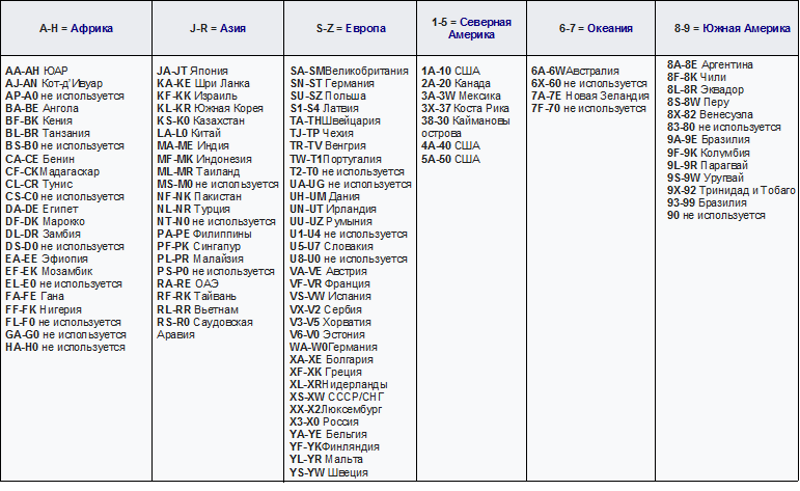
1P39QMB, 139QMB, 1P39QMA, 139QMA - this is how 4T CVT engines with a displacement of 50cc to 90cc are marked, these include scooter models such as Irbis R50, Griphon (Cometa, Sting), Racer Meteor, ABM (Storm L, Tornado , Elite, Storm SL, Tornado S, Thunder, Flash), Atlant (Delta, Bravo, Driver, Urban Racer, Derbi, IMP, X-fire, Steed, Runner, Calypso, Eclipse, Tornado, Moon), Omaks (Kiddy, Revenger Motador, Falcone, F3) , Honling, Sagita, Gelly…
152QMI, 1P52QMI, 157QMJ, 1P57QMJ - this is how 4T CVT engines with a displacement of 125cc to 180cc are marked, these include scooter models such as Irbis (Nirvana, ZRX, ZRS, Grace, Skynet), Griphon (Galaxy150, Rocket150, Saturn150, Racer150), ABM (Flash, Volcan, Vortex), Atlant (Storm, Adrenalin, Calypso), Omaks (Purga, Classic, Falcone), Honling, and quads…
153QMI, 1P53QMI, 158QMJ, 1P58QMJ - this is how 4T CVT engines are marked, these include scooter models such as Stels (Tactic150, Vortex150), Keeway .